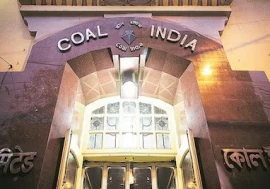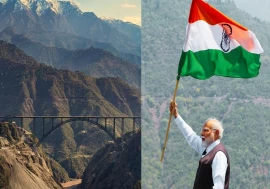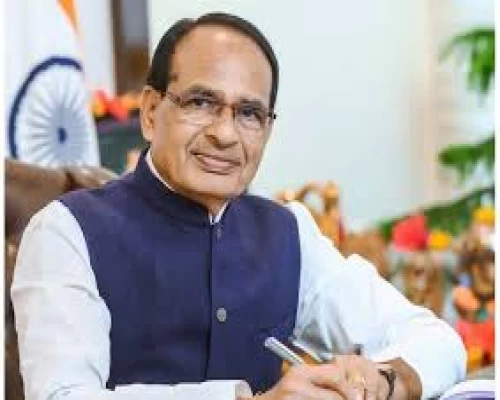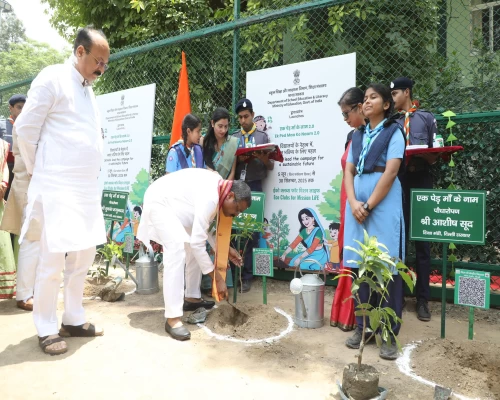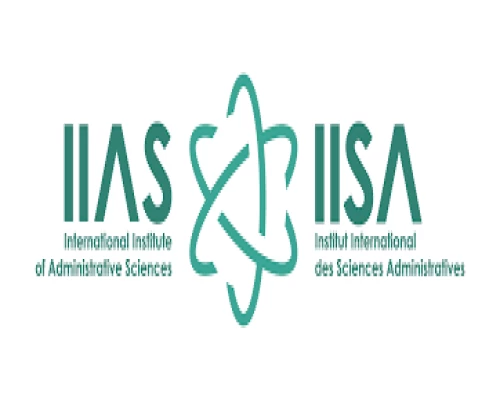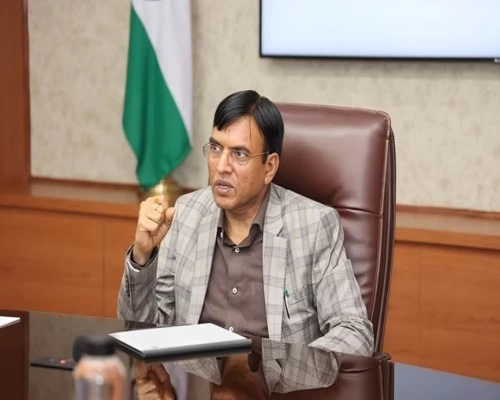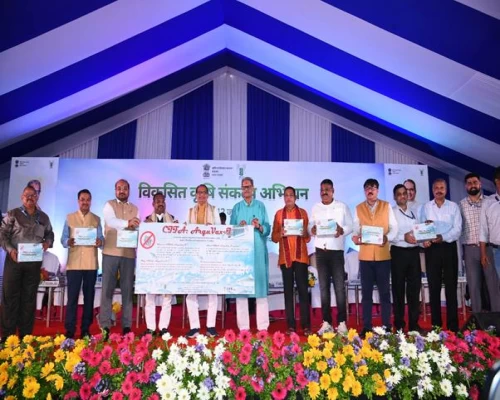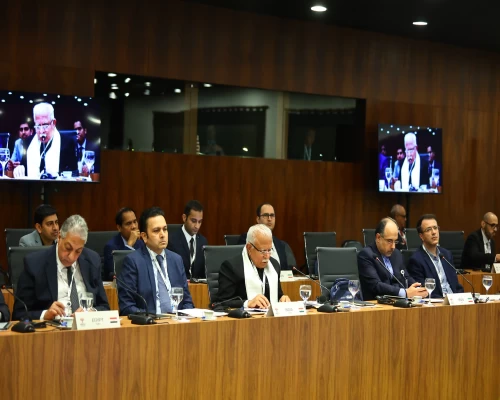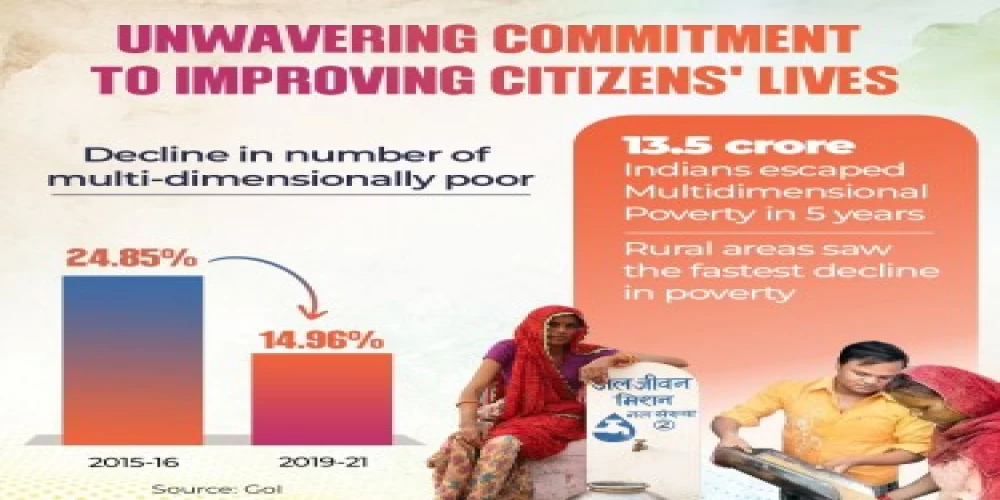
New Delhi. India has achieved a significant breakthrough in its efforts to combat poverty, as more than 130 million individuals successfully lifted themselves out of multidimensional poverty within a span of just five years. This extraordinary achievement is highlighted in the National Multidimensional Poverty Index (MPI) review of 2023, underscoring the substantial progress made in improving the living conditions of the country's population. The report was released by the Niti Aayog on July 17.
The state of Uttar Pradesh emerges as a leader in poverty reduction, with an impressive 34.27 million people being uplifted from poverty, followed closely by Bihar and Madhya Pradesh. These states have experienced the most substantial decline in the number of individuals categorized as MPI poor, indicating the effectiveness of targeted initiatives at the regional level.
The success in poverty alleviation can be attributed to a range of transformative programs implemented by both the central and state governments. Initiatives such as Poshan Abhiyan (National Nutrition Mission), Swachh Bharat Mission (Clean India Mission), Pradhan Mantri Ujjwala Yojana (Free LPG Connection Scheme), PMAY (Pradhan Mantri Awas Yojana), PMJDY (Pradhan Mantri Jan Dhan Yojana), and Samagra Shiksha (Integrated Education) have played a crucial role in promoting inclusive development and improving the standard of living for individuals across the nation.
The positive impact of these efforts is evident in both rural and urban areas. Rural regions have experienced a significant decline in poverty rates, dropping from 32.59% to 19.28%, while urban areas have also witnessed a notable reduction from 8.65% to 5.27%. This indicates a comprehensive approach to poverty eradication, addressing the needs of diverse populations across different settings.
The MPI review, which considers indicators such as malnutrition, education, sanitation, and other key factors, identifies individuals who are deprived in three or more areas as "MPI poor." The study highlights the role of improvements in nutrition, access to education, sanitation facilities, and clean cooking fuel in successfully combating poverty.
The findings of the National Family Health Survey conducted between 2019 and 2021 further reinforce the significant progress made in poverty reduction. The survey reveals a decline in the percentage of the population living in poverty from 25% in 2015-16 to an impressive 15% in 2019-21.
These achievements align with estimates by the United Nations Development Programme (UNDP), indicating a substantial decrease in multidimensional poverty from 55% in 2005 to 16.4% of India's population in 2021. Additionally, the number of people living below the $2.15 per day poverty line has reduced to 10% in India.
The central and state governments have demonstrated their commitment to addressing poverty through various measures. These include providing free food grain to a significant portion of the population, approximately 57% of India's 1.4 billion people, and allocating substantial funds to subsidize essential services such as education, healthcare, and electricity./BI


